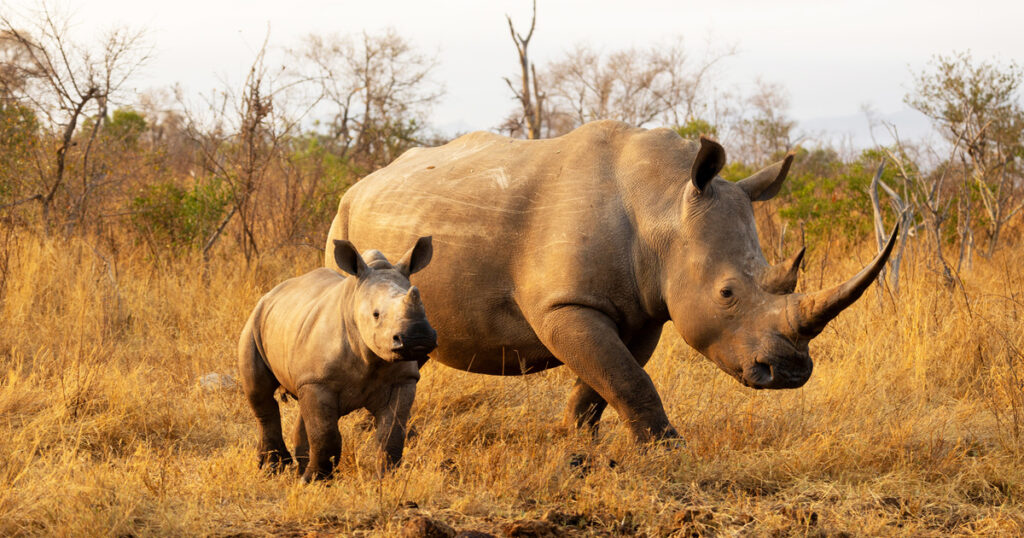Examples of human-wildlife conflict in South Africa
Here are some examples of human-wildlife conflict in South Africa.
Human expansion
As human settlements expand and encroach on wildlife habitats in South Africa, it intensifies human-wildlife conflict. This includes the area in and around Kruger National Park, where large mammals, such as buffalo, lions, elephants, hippos, and crocodiles, are increasingly straying into residential areas, damaging property, and posing threats to human safety. This has led to an increase in retaliatory killings, endangering animals too.
Competition for game
South Africa is home to the endangered African wild dog—an animal that preys on similar animals as humans hunt for consumption, such as antelopes and other herbivores. This competition for prey can lead to human-wildlife conflicts, especially in areas where wild dogs depend on specific prey populations that humans also hunt for food.
To make matters worse, if African wild dogs can’t find wild prey, they seek alternative food sources like livestock, which often results in retaliatory killings by farmers.
Retaliatory killings
In South Africa, retaliatory killings have been documented for lions, buffalo, leopards, and elephants, where conflicts between humans and these species are prevalent. Typically, they are targeted out of fear, because they’ve raided crops, preyed on livestock, damaged property, or threatened a human life.
Retaliatory killings aren’t just fatal to the targeted animal. These killings impact the wider ecosystem, as these keystone species help to control the food web and maintain the natural landscape. The conservation efforts that aim to protect these species are also negatively impacted by retaliatory killings.
Agricultural and livestock losses
Beyond the possibility of injury and fatality, agricultural and livestock losses also impact people, their source of food, and their livelihoods.
While several animals prey on human-owned livestock, brown hyenas and black-backed jackals in particular are known to target livestock in South Africa. As a result, these predators are often vilified by farmers and perceived as pests. They’re also persecuted as rabies transmitters, which is a threat to human health. Consequently, farmers may resort to lethal control methods to prevent these animals from getting too close to human-occupied areas. In fact, black-backed jackals are the most persecuted carnivores in the region.
Climate change
Climate change and deforestation are amplifying human-wildlife conflicts in South Africa.
Changes in temperature and weather patterns affect food and water availability, forcing animals to roam outside of their usual habitats in search of these resources. With human settlements nearby, animals are increasingly raiding urban areas for food and water, causing conflicts.
Deforestation is leading to the same outcome too. As humans cut down trees for logging or to clear space, they reduce the habitat available to wildlife. While seeking new territory, these wild animals may come across human settlements and risk a fatal engagement in human-wildlife conflict.
Source link : https://www.ifaw.org/journal/human-wildlife-conflict-south-africa
Author :
Publish date : 2024-10-04 16:06:07
Copyright for syndicated content belongs to the linked Source.
